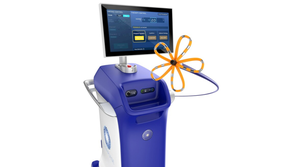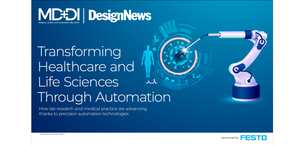From tales of fraud to controversial issues impacting patient safety, these 10 medtech companies/people didn't do the industry's reputation any favors.
July 17, 2022

The medical device industry is primarily comprised of people with benevolent intentions. When medtech professionals are asked what attracted them to this industry, the most common answer is the opportunity to make or sell products designed to save and improve lives. Just look at the mission statement of virtually any medical device organization and you'll likely find some variation on that sentiment.
The industry isn't perfect though. Sometimes medtech companies and the people who work for them get a little – or a lot – off track. Sometimes greed is the culprit. Other times, the desire to succeed drives certain people to cross ethical lines. Whatever the reason, medtech has had its fair share of scandals over the years.
While it doesn't always serve to dredge up the past, there are lessons to be learned from others' mistakes, as well as our own. It is in this spirit that we take a look back at these 10 moments in medtech history when the industry's reputation took a hit because of the actions of a few.
To be clear, most of the medtech companies included in this list have done more good than bad, and the people working for them have contributed to products that have positively impacted countless lives.

About the Author(s)
You May Also Like




